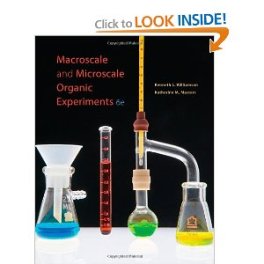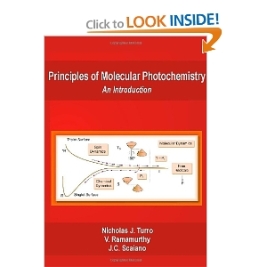Chemistry: Principles and Reactions 7th Edition, by William L. Masterton, Cecile N. Hurley and Edward Neth offers a clear, concise presentation primarily based on the authors' greater than 50 years of combined instructing experience. The book includes new concept-pushed examples, updated examples that concentrate on molecular reasoning and understanding, and "Chemistry: Past the Classroom" essays that exhibit the relevance of the ideas and spotlight a few of the most up-to-date uses of chemistry.
A robust, enhanced artwork program helps readers visualize chemical concepts. Integrated end-of-chapter questions and Key Ideas correlate to OWL Online Learning, the on-line homework and tutorial system for chemistry. OWL also contains an interactive eBook for the seventh edition of the textbook and an elective eBook for the Pupil Study Guide.
This edition effectively connects the arduous science of chemistry to the humanities and high quality arts by way of new and revised chapter openers and literary quotations that immediately enhance every chapter's content. Make sure that your students perceive ideas at a glance as this edition moves relevant text from captions to word balloons over the art for a clearer presentation of the visual images. In addition, current images, fashionable molecular models, and a brand new and clearer graph type engage students and make clear concepts.
Guest authors and leaders in specialized fields profile the latest analysis in new "Chemistry: Beyond the Classroom" boxes. Students see the relevance of concepts in a few of the most present work in chemistry, together with photochromic and thermochromic materials, coloration biological organisms, molecular construction of rubbery materials, and fuel cells.
Effective models visually reinforce students' conceptual understanding. Revised nanoscale views of atoms, molecules, and ions use molecular modeling software program and an exacting three-dimensional style to supply effective visual studying instruments all through the text. Additional Conceptual Examples lead college students via conceptualizing the chemistry rules simply mentioned before solving the instance and encourage higher-order thinking at vital factors inside the chapter's narrative.
More details about this book...
or
Download Chemistry Principles and Reactions PDF Ebook :
































